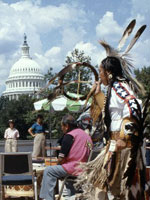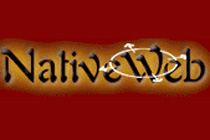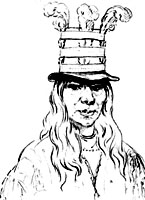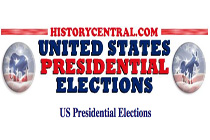Little Wolf and President Grant

Why did Little Wolf, a Cheyenne leader, go to Washington in 1873?
In November 1873, Little Wolf was among a delegation of Northern Cheyenne and Northern Arapaho leaders who traveled to Washington to meet with President Grant. At issue for both sides was the continued tenure of Cheyenne and Arapaho communities on their ancestral territory in the northern Plains.
In May 1868, the Northern Cheyenne and Northern Arapaho signed a treaty with the United States government. (The treaty was ratified in July and proclaimed in August.) In that treaty the Cheyenne and Arapaho agreed to accept "for their permanent home" land amid the Southern Arapaho or the Brule band of the Lakota nation. The Cheyenne and Arapaho nevertheless retained the right to hunt over their ancestral homelands "while game shall be found in sufficient quantities to justify the chase." The United States government, for its part, agreed to supply the communities with teachers, farmers, carpenters, clothing, and small annuities. Any Cheyenne or Arapaho "head of a family"—an adult, married man by Euro-American standards of the day—would receive 320 acres of land as well as seeds and agricultural supplies if he promised to become a farmer. The treaty also included language giving the United States government jurisdiction over all crimes committed by or toward Indian people. (1)
Despite the treaty, most Northern Cheyenne and Arapaho did not want to become farmers and were content to live life as they always had. Neither did the Southern Arapaho or Lakota bands abandon their traditional practices and accede to reservation life, much less welcome the Northern Cheyenne and Northern Arapaho into their midst. The 1868 treaty protected the Northern communities in their right to continue hunting—but as white settlers pushed into the Northern Plains, conflict escalated between those emigrants and the Native communities who lived there. Armed conflict ensued, but while the U.S. military poured men and resources into the region, the nations of the Northern Plains were able defenders of their territory.
It was in this context that the leaders of the Northern Cheyenne and Arapaho journeyed to Washington in 1873. At first, the Secretary of the Interior tried to negotiate with the delegation, but the Washington Evening Star reported that the Cheyenne and Arapaho leaders "said they had come a long way to see the Great Father and to talk with him about these things and they did not propose to talk much with the Great Father's subordinate." (2) On meeting Grant himself, members of the delegation conceded that it seemed that white settlers would continue to encroach on their territory, but did not concede that the solution was for them to relocate. On returning to the Northern Plains the Northern Cheyenne and Arapaho continued to actively resist white encroachment on their land.
Despite the premise of a recent novel about this meeting between Grant and the Northern Cheyenne and Arapaho, there is no evidence that Little Wolf asked the president for one thousand white women when they met. This action would also make little sense in the context of life on the Northern Plains, and the Cheyenne's continued claim to their territory and traditional ways of life.
Eastman, Charles Alexander. Indian Heroes and Great Chieftains. Boston: Little Brown and Company, 1919.
Hoig, Stan. The Peace Chiefs of the Cheyenne. Norman: University of Oklahoma Press, 1980.
Simon, John Y., ed. The Papers of Ulysses S. Grant. Vol. 24: 1873. Carbondale, IL: Southern Illinois UP, 2000.
1 "Treaty with the Northern Cheyenne and Northern Arapaho, 1868," in Indian Affairs: Laws and Treaties, ed. Charles J. Kappler, vol. 2 (Washington, DC: Government Printing Office, 1904).
2 "Indians at the White House," Washington Evening Star. November 14, 1878, front page.








